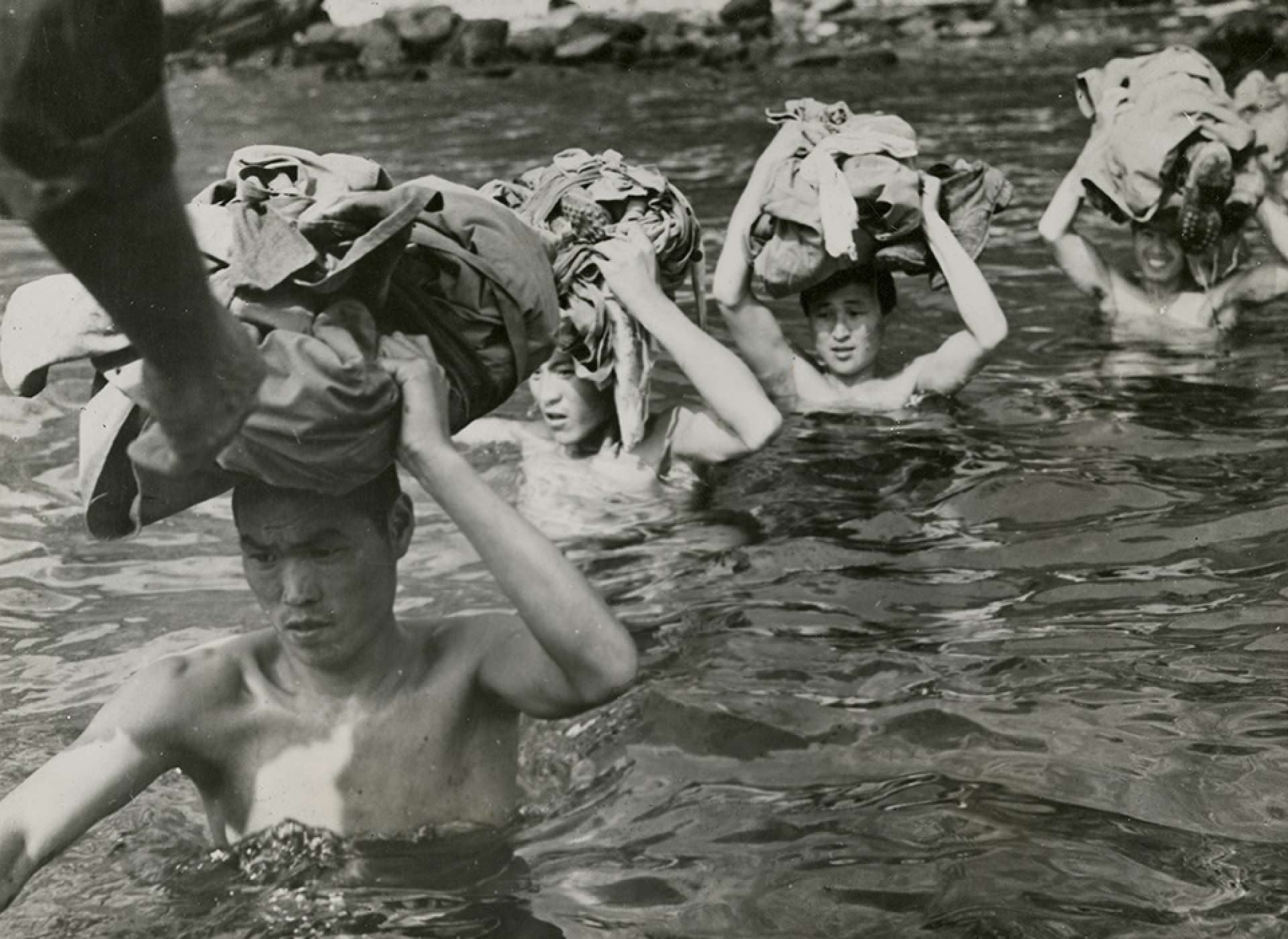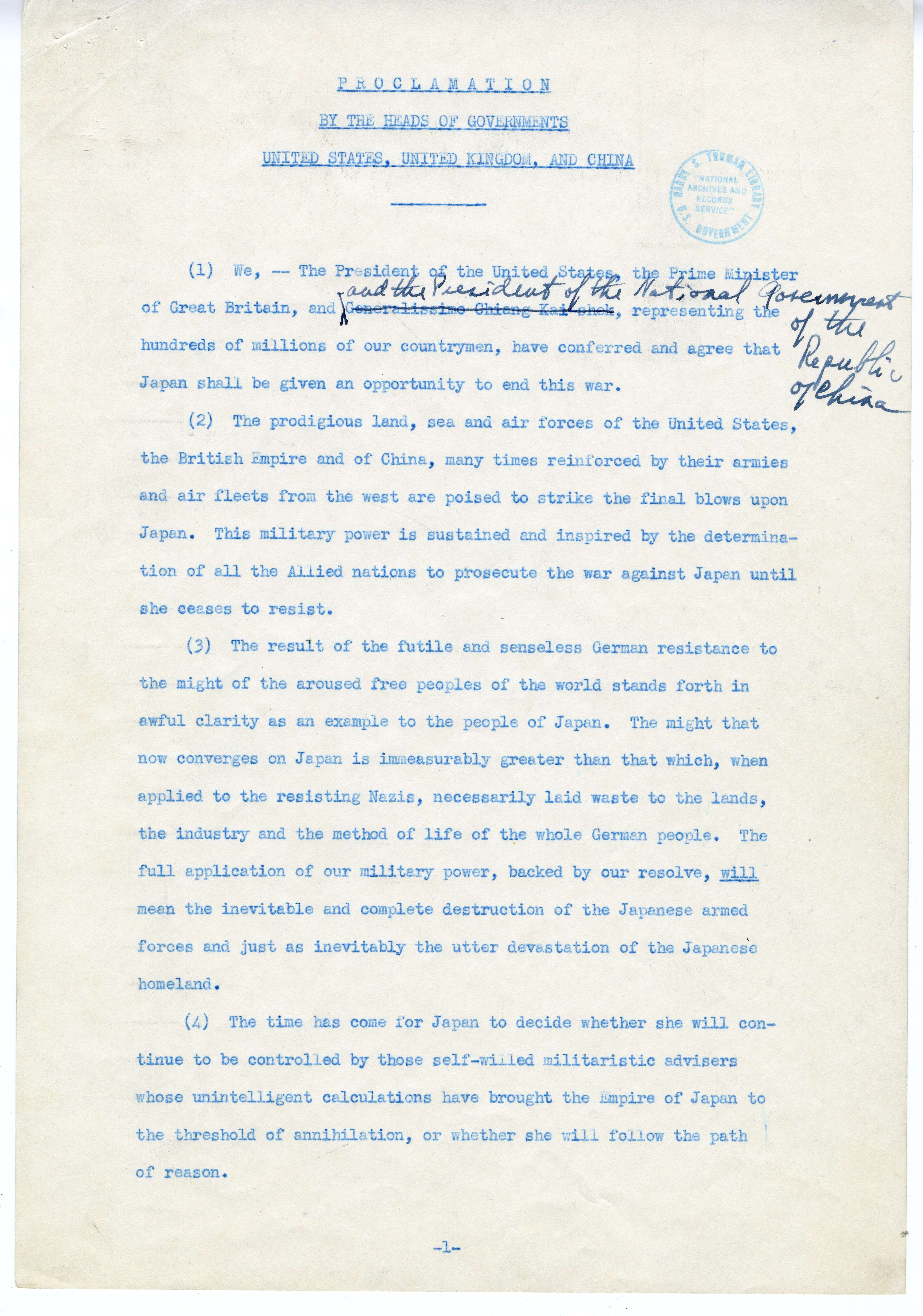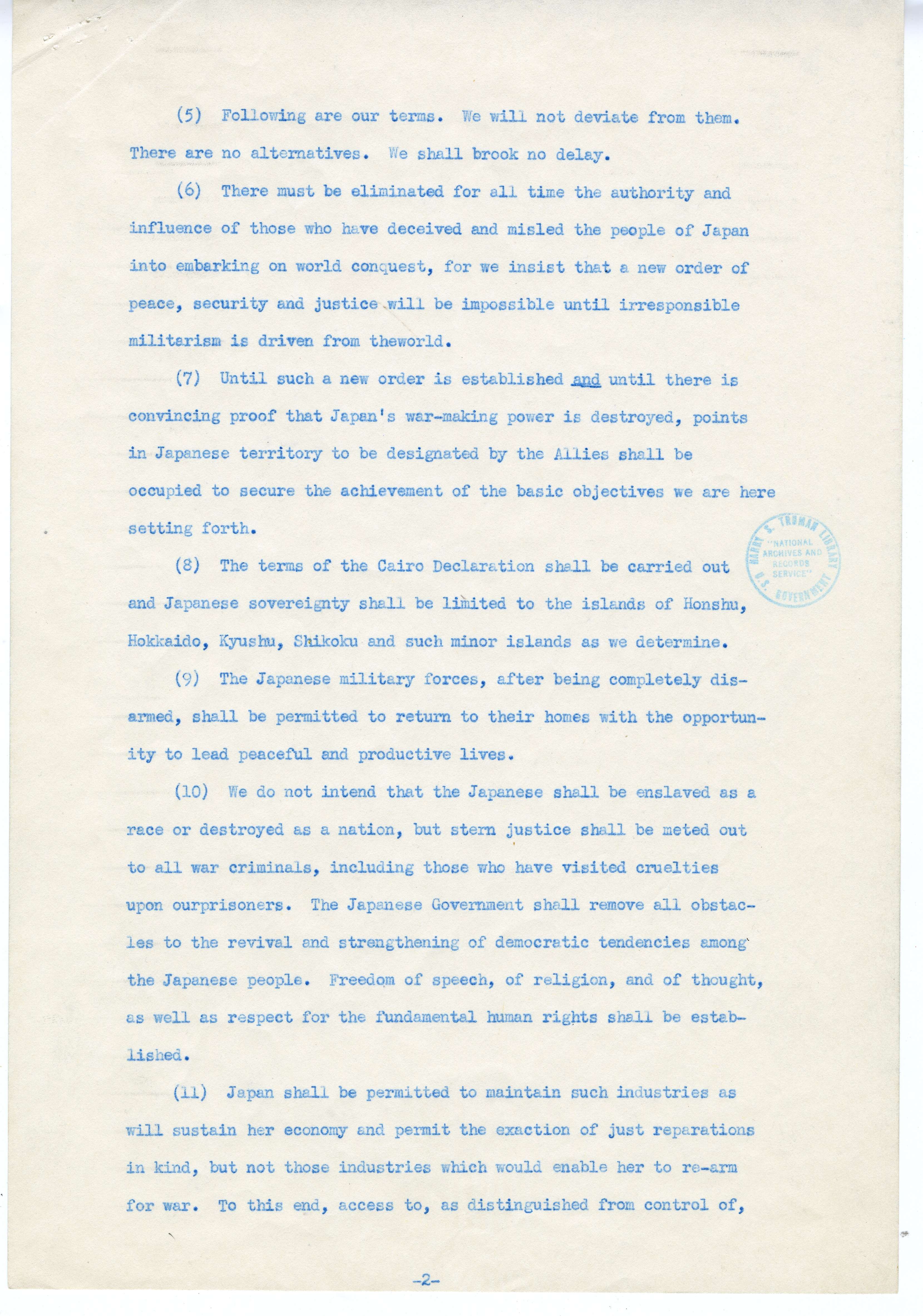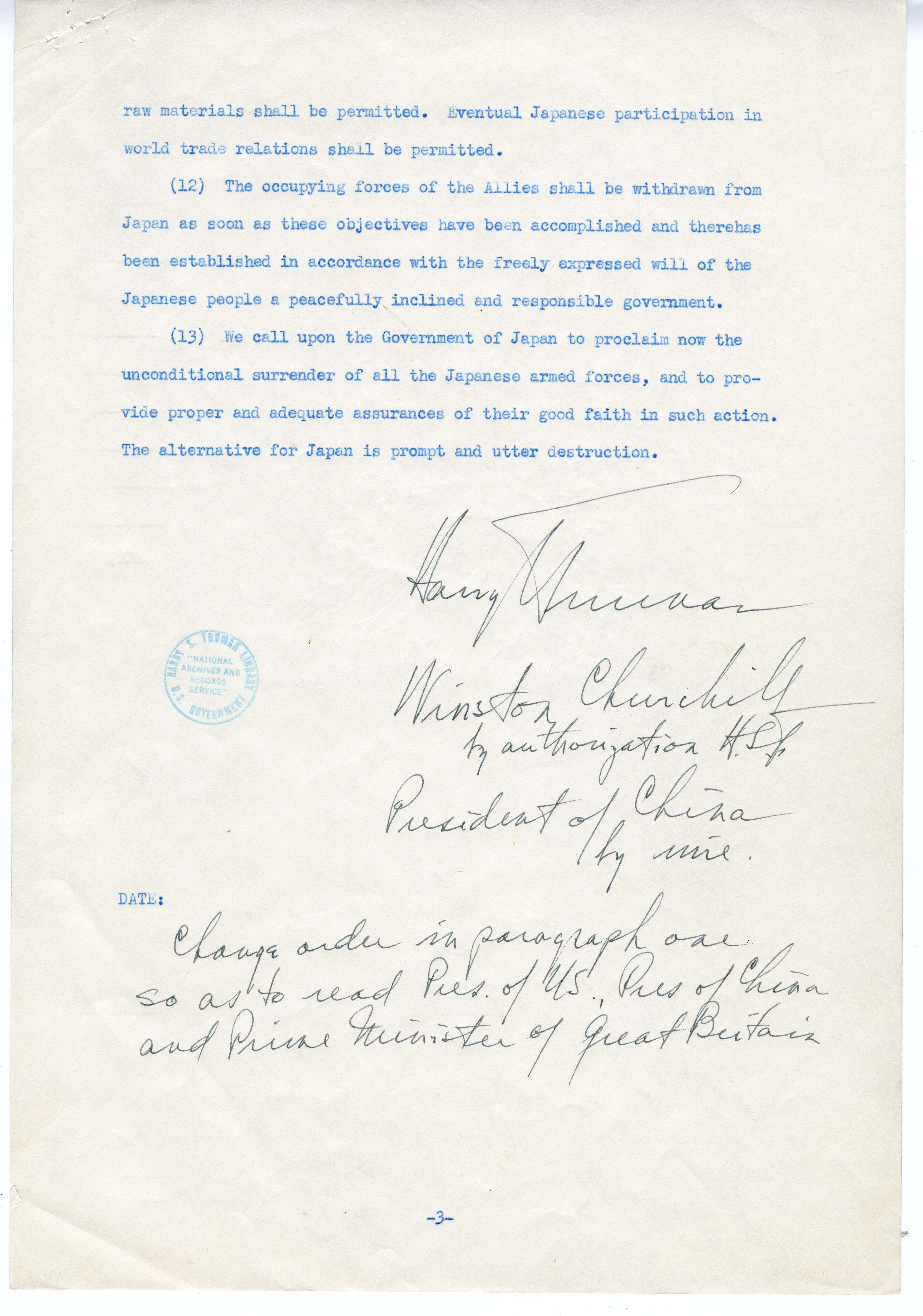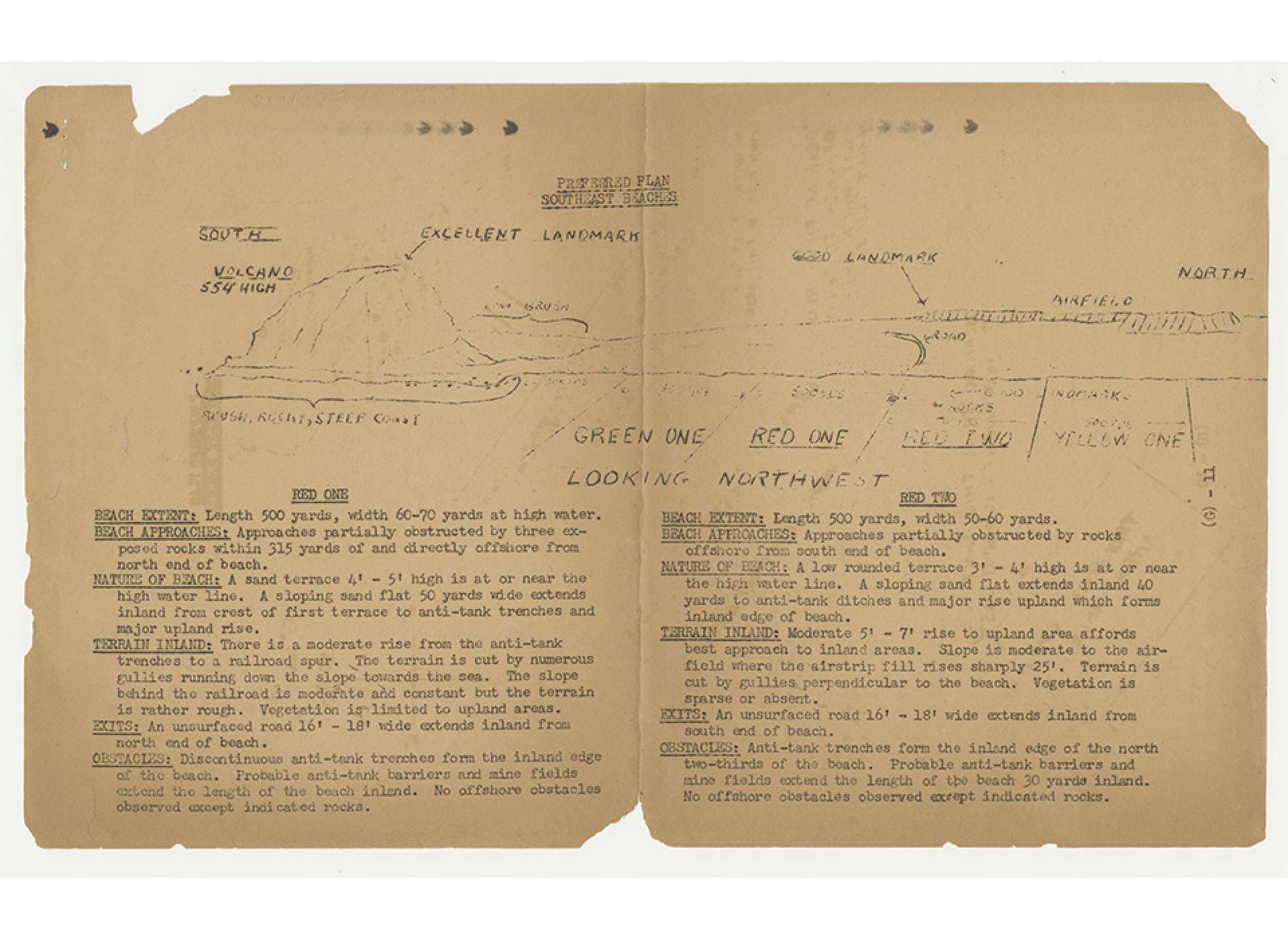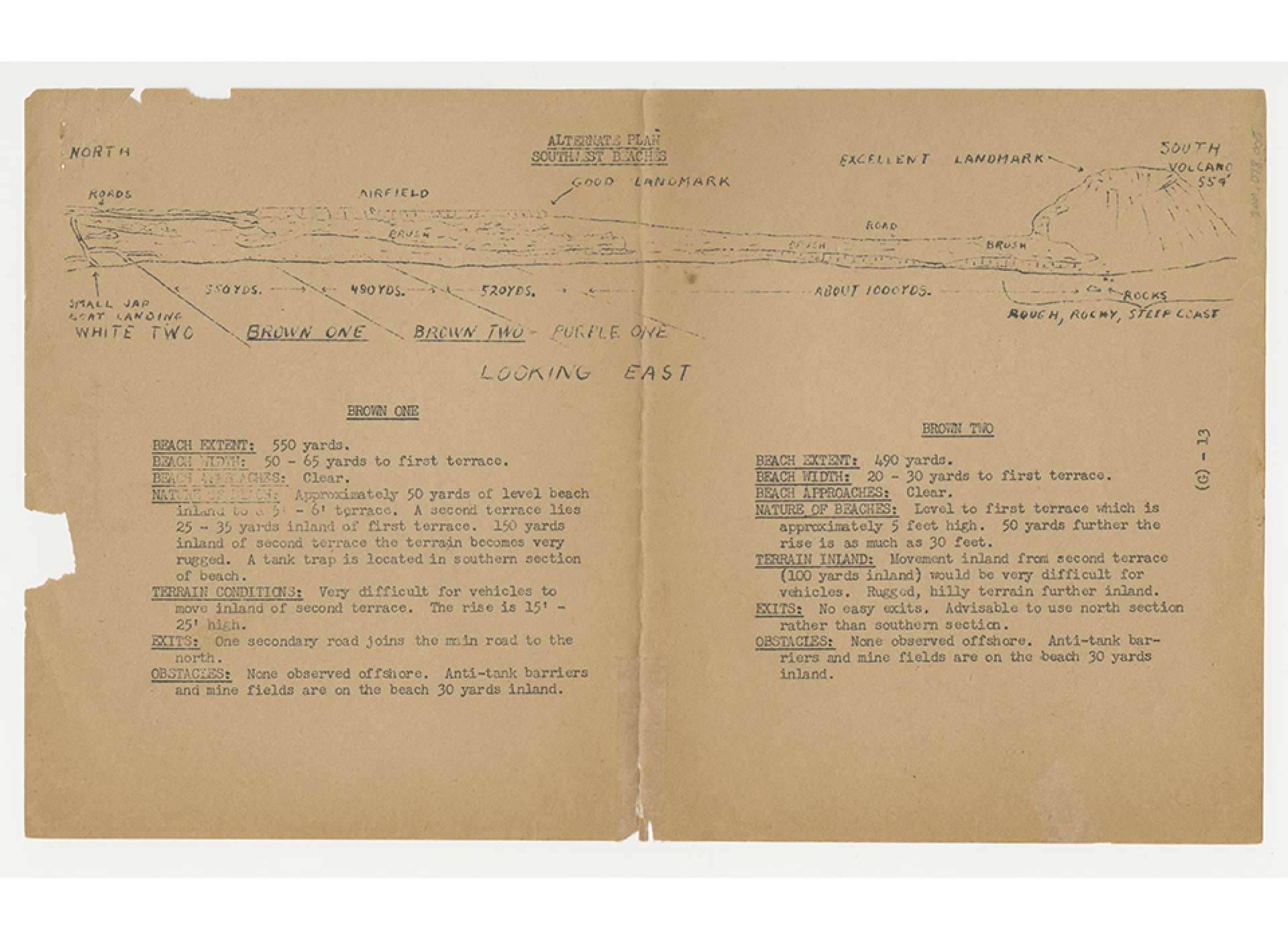The Battle of Okinawa was the final and most costly battle up until the Japanese mainland invasion, ending World War II. Eventually, the United States won the Battle of Okinawa, but after a long, hard fight. According to the diary of Donald W. Panek, there were constant explosions and gun fires lighting up the sky. Out of the 60,000 US soldiers that first entered the island, only 11,000 escaped unharmed.
Even worse than that, over 150,000 Okinawans were killed from being caught up in the fighting. Civilians were mistreated, as the Japanese army used the innocent people as war shields , and sometimes attached dynamite to them so they could be used as human bombs. Soldiers raided shelters for supplies, often harming non-cooperating civilians. Okinawan men were forced to join the Japanese army, while most women were forced to be nurses.
After 3 months of bloody fighting and seemingly endless fighting, destroying over 240,000 lives and the once peaceful island of Okinawa, the battle ended on June 22, 1945. The American forces had won due to their overwhelming force on Okinawa, and the remaining Japanese forces surrendered.
